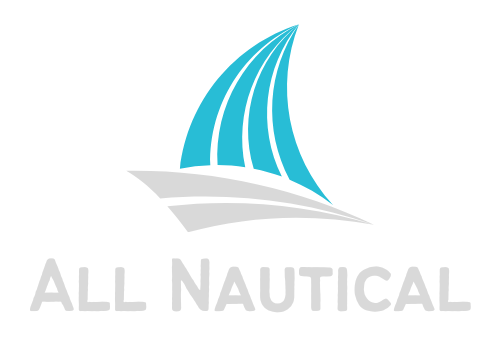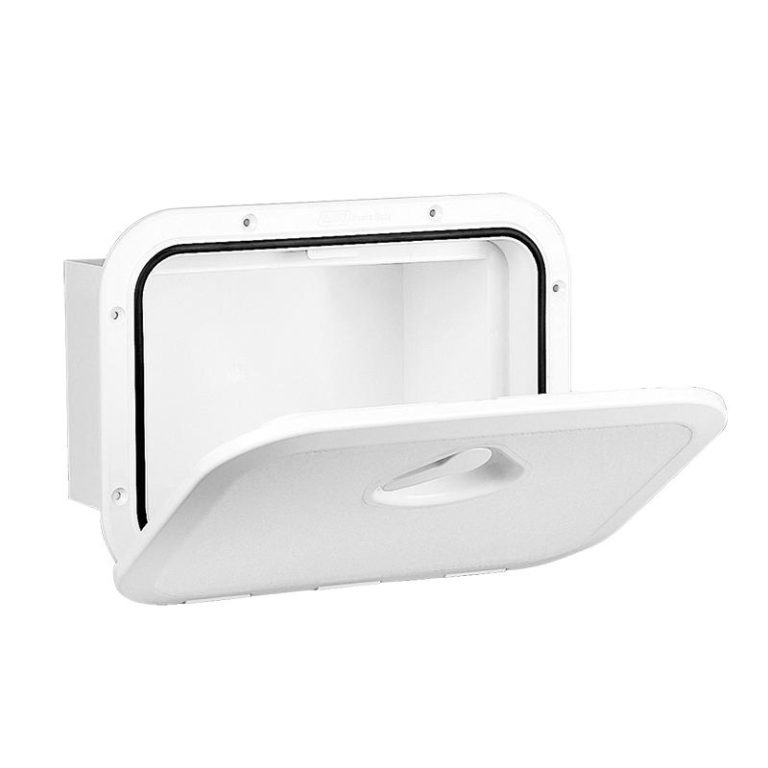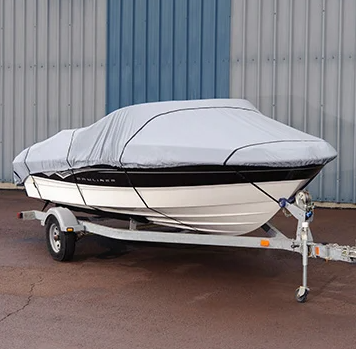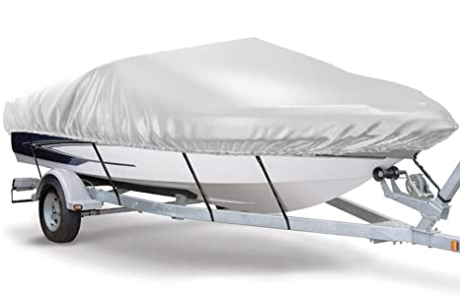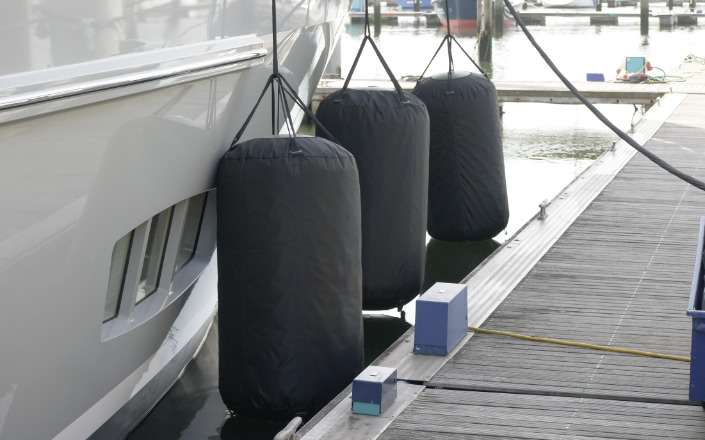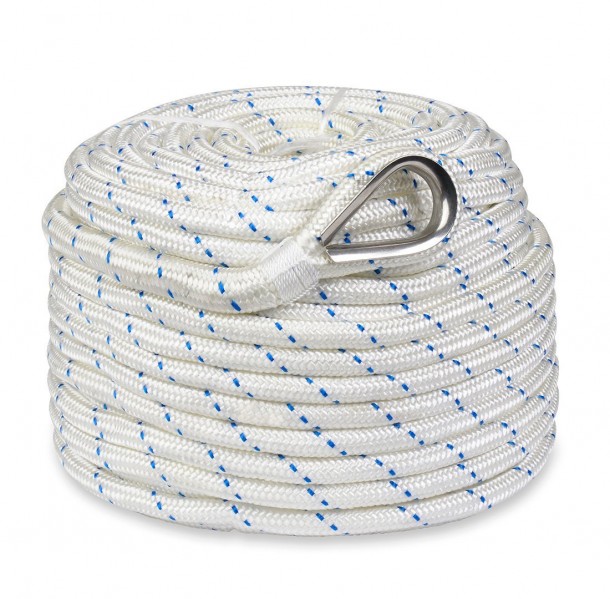Last Updated on July 1, 2022 by Brian Drew
If you own a boat, you certainly already know how expensive it can be. Caring for your costly possession and maintaining it is very important not only to make them last for years but also to keep running costs down.
The force from a moving vessel is enough to cause great damage to the exteriors even when it’s coming to a halt as in the case of docking. Also constant rubbing against the dock, the slapping of water when moored or the continuous friction during a raft-up can cause so much wear and tear in no time.
That is why a proper protective arrangement is absolutely necessary. Boat fenders are a complete must for any type of watercraft if you want them to last. These protective objects are also called bumpers and shield your boat from a variety of materials like concrete, wood, and metal.
There are so many different types of them available in the market. They come in different shapes and materials. So how do you choose the right one for you and how many will you really need? Read on to find out the answers to these questions.
What are boat fenders?
These are nothing but specially designed protective gear that acts as a cushioning layer between a vessel and the dock or other structures and watercrafts.
This protects the hull and also prevents damage to other vessels or objects that may come into contact with your own. Even if you are just mooring, you will still need to protect your watercraft, as the constant wave action can damage the hull.
How to choose the right boat fender?
These are not the most expensive gear but you’ll be surprised at how much protection these little things can give your ride. Therefore choosing the best boat fenders is extremely crucial as otherwise your boat can end up severely damaged. Here are the basic things to consider before buying.
Size of the vessel
Fender shape
Fender size
Fender material
Tips for choosing the correct number of boat fenders
When it comes to protecting your most valuable possession such as a boat, it is better to err on the higher side as more bumpers are definitely better. But if you don’t want to end up buying too many of them, then you can decide on the right number based on a few criteria.
For most cases, you will only need enough to cover one side of the boat. You will need at least three of them for good coverage. However, if you frequently have to raft, then it’s better to have enough to protect both sides.
Materials for boat fenders
In the olden days, the woven rope was used as a bumper to protect boats. In fact, some of them still use ropes for protection. Even used and worn-out tires are used by many to protect their boats. But these cannot compare to the superior protection you get from the modern bumpers that are made today.
Bumpers are made from a variety of materials but below are the most commonly used ones.
- Rubber
- PVC vinyl
- Plastic
- Foam elastomer
Types of boat fenders
Owing to the different types and shapes of vessels, there are a number of boat fender types too. Here we explain some of the most commonly used ones and a few other specialty types too. This will give you a very good idea of the type that will best suit your requirements.
Round or ball fenders
These are the most commonly used type of fenders. They are especially useful for large boats and powerboats. This is because they create maximum space between the watercraft and the object it comes in contact with.
They are hollow structures made usually of pressurized vinyl. They have a loop at one end and due to this, they can only be used for vertical hanging. But they are excellent for large boats and are really helpful during fending off.
The only disadvantage is that due to their large size, you will need more space to stow them. But they do have valves with which you can inflate and deflate using a fender pump. What’s even better, you can even use them as mooring buoys.
Cylindrical
As their name suggests these are cylindrical in shape and are inflatable. They come with tabs at both ends through which you can tie fender lines. So you can hang them both vertically and horizontally.
Horizontal hanging is recommended if you want to prevent the damage caused by pilings. Vertical hanging is advised especially if there are other moored boats in the vicinity.
Tube fenders
These are quite similar in shape to the cylindrical ones but have a central tube through which the fender lines can be passed instead of end tabs. Despite the central hole, both horizontal and vertical hanging is possible with this type.
A few of them can be lined up together for increasing the surface area of protection. They can also have molded ribs that not only improve their durability but also keep them in place without causing any sliding.
Dock bumpers
Another way of creating a protective barricade is by having permanent protection on your dock. Dock bumpers are fixed to your dock edges and will prevent the damage caused while docking or mooring.
Flat
Unlike most other types these have full contact against the hull as they are flat. They also come in hinged options which are ideal for use in smaller boats and those with inward slanting gunwales.
This type seems to have a few disadvantages when compared to the others. Choose them after carefully considering the following points.
- Tend to wear out quickly
- Abrade the hull more as they do not roll like most other types
- Require relatively more storage space
- More expensive than other types
Rafting cushion
Raft-ups can be a lot of fun especially when you have kids around. But when rafting boats together, it is important to protect your rides from the constant rubbing together on the outside. This is where a rafting cushion comes in handy.
Fending cushions are also used for protection from pilings. They are designed with independent molded tubes and are like a large cushion board with two rows of holes in the center for tying.
Pontoon fenders
Pontoons are flat boats and hence these require a slightly different shape for protection. These watercraft also have aluminum rails around them. Pontoon fenders come in different shapes from flat to curved to accommodate the shape of a pontoon and its rails.
Low freeboard fenders
For watercraft that sit low in the water, you need a different type of protective gear called low freeboard fenders. Their placement is high on the hull and is left to hang downward. Their unique shape protects your boat’s rub rail and gunwale.
Tuff end fenders
Large ships that are both wide and have a very deep V-hull can benefit from tuff end fenders. These are extremely sturdy and have a large diameter for some heavy-duty protection. They come with unique tri-valves that can be inflated using any regular pump.
Conclusion
Boats are a big investment and protecting them from damage can save you from expensive repair bills. Boat bumpers are rather cheap when you compare the costs involved in repairing rubbed-off paint and damaged hulls.
When you pay enough attention to choosing the right kind of fenders for your cruise, you can keep your ride and its great looks intact for years to come. We hope our guide has helped you understand the different types and let you decide on the right one that is perfect for your boat.
